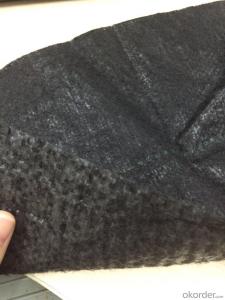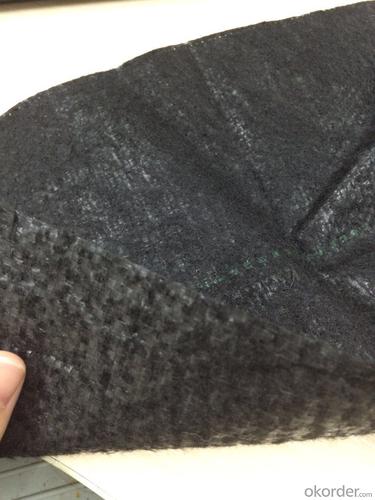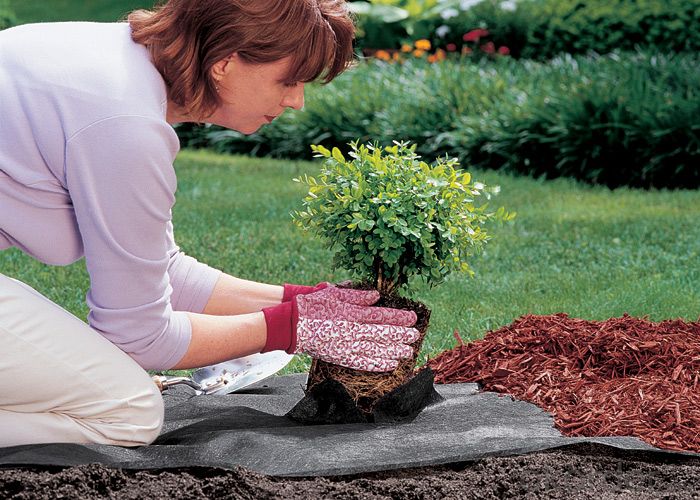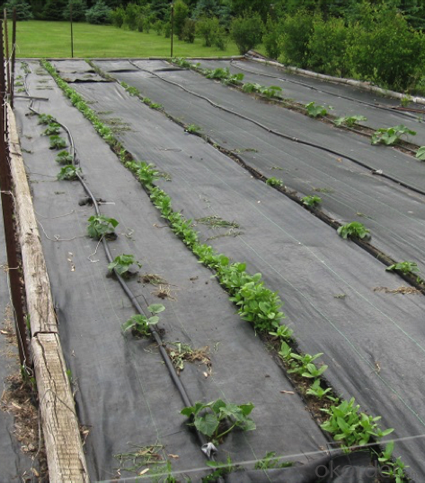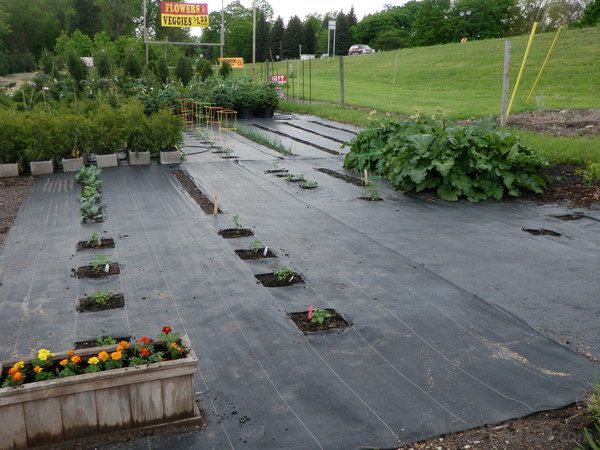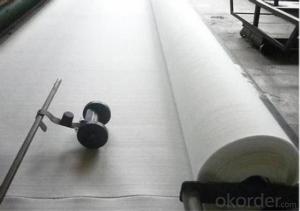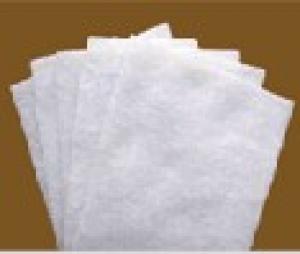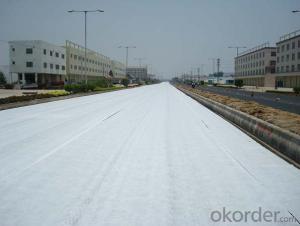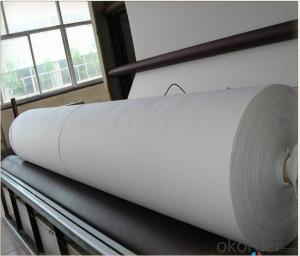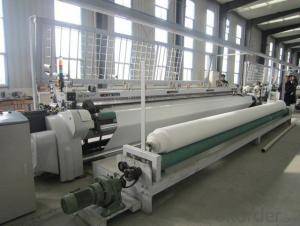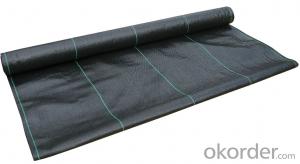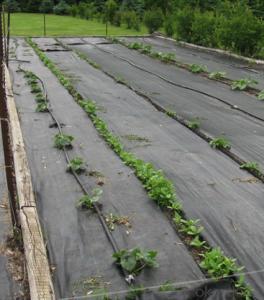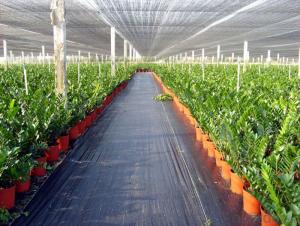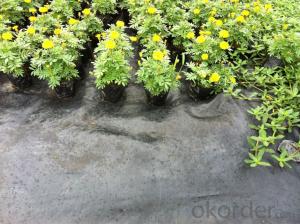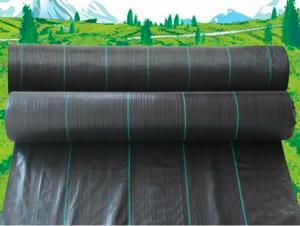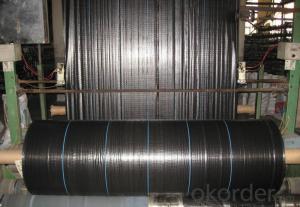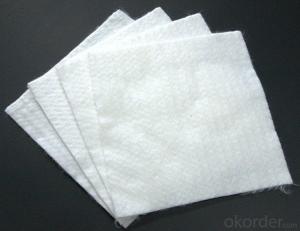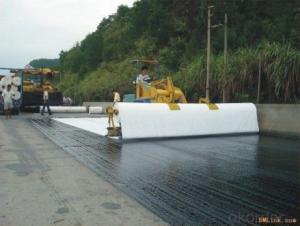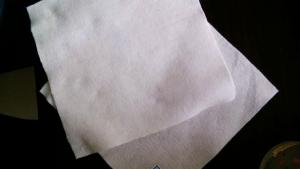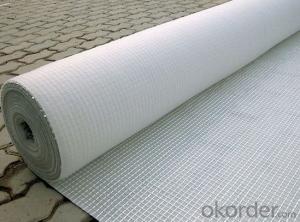Woven Geotextile for Driveway - Weed Barrier Fabric/Polypropylene Fabric
- Loading Port:
- China main port
- Payment Terms:
- TT OR LC
- Min Order Qty:
- 5000 roll
- Supply Capability:
- 100000 roll/month
OKorder Service Pledge
OKorder Financial Service
You Might Also Like
1. Weed Barrier Fabric Description:
Weed Barrier Fabric is made of environmentally friendly raw materials, pp spunbond nonwoven fabric. It used to prevent the growth of weed, without the use of potentially dangerous chemical sprays or labor intensive hoeing. Once installed, weed mat will continue providing protection for years without maintenance.
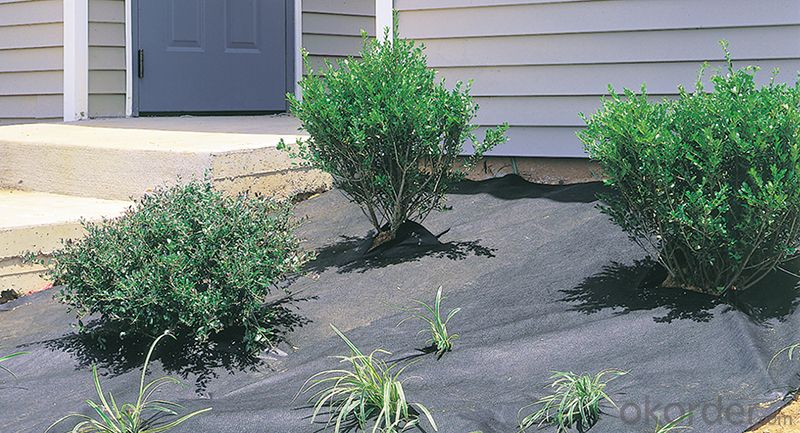
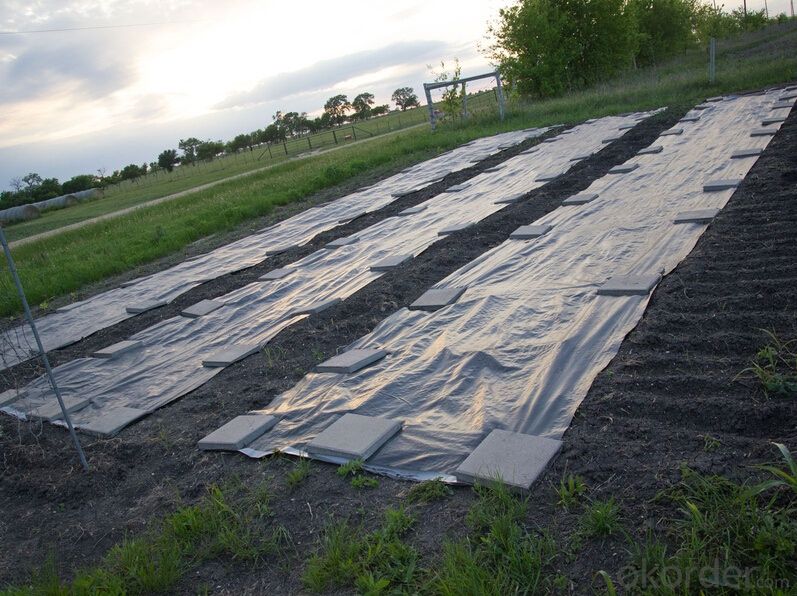
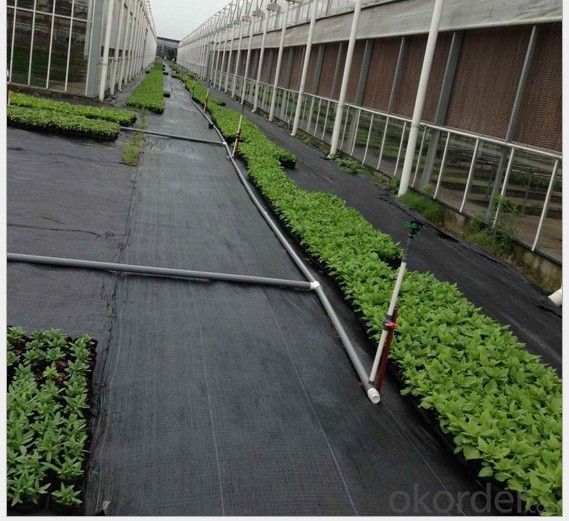
2. Weed Barrier Fabric Feature:
1. Weed suppressant and drainage control landscaping fabric
2. Spun bonded non-woven fabric – will not fray when cut
3. Easy to use
4. Environmentally friendly
5. Allows water, air and nutrients through, suppressing weeds without the use of chemicals
6. Good alternative to Plantex® where cost is a factor
7. UV Stabilised
8. Reduces the level of watering required due to the slower rate of water evaporation
3. Weed Barrier Fabric Function:
1. Cover crops in the ground surface,prevent weeds and against the insect
2. Controlling soil humidity and the temperature
3. Does not affect the growth of the crops
4. Protects plants from harmfully solar radiation
5. Air permeability, water permeability help crops growth.
6. Mothproof, eco-friendly, breathable, anti-bacteria, tear-resistant, fusible
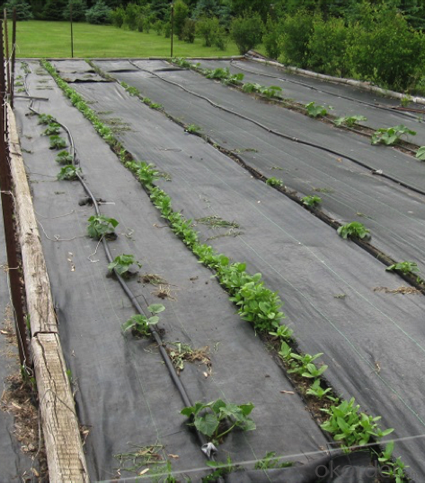
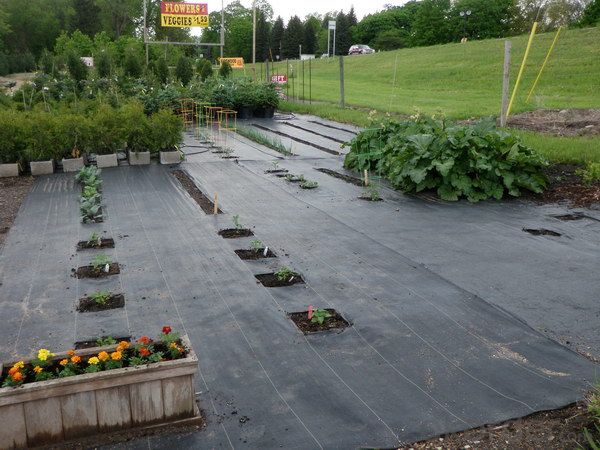
4. FAQ:
Q1: What is your minimum order quantity?
A:The minimum order quantity is 5000 ,but it is negotiable.
Q2:What is your payment terms?
A: T/T,Western Union,Paypal,L/C...
Q3:What is your delivery time?
A:Production time usually costs 2-20 days.
Waiting to cooperate with you!
- Q: Can geotextiles be used in the construction of reservoirs?
- Yes, geotextiles can be used in the construction of reservoirs. Geotextiles are commonly used as a separation and filtration layer in reservoir construction to prevent the mixing of different soil layers, provide stability, and control erosion. They can be deployed to reinforce embankments, line channels, or act as a barrier against seepage, ultimately enhancing the overall performance and longevity of the reservoir.
- Q: Geotextile CBR tear strength rate is how much
- Geotextile CBR bursting strength is generally in accordance with the national standard GB / T-2017 "geosynthetics static top breaking test (CBR method)" according to the national standard GB / T-2017 standard requirements of geotextile CBR strong pre-tension 20N. According to the national standard GB / T-2017 standard requirements of geotextile CBR strong rate of (50 ± 5) mm / min.
- Q: What are the different factors to consider for geotextile selection in agricultural applications?
- Some of the different factors to consider for geotextile selection in agricultural applications include the required strength and durability of the geotextile, permeability and filtration properties, resistance to chemicals and biological degradation, compatibility with soil and crops, installation and maintenance requirements, and cost-effectiveness.
- Q: Geotextile packaging what are the requirements
- Geotextile packaging requirements are as follows: 1, staple acupuncture non-woven geotextile according to set into a long volume of packaging. The fixed length shall be determined in accordance with the product specification or the parties concerned. 2, the product of the splicing rate should be less than 15%, the total length of each piece of stitching products should be 7.1.1 fixed length plus 1m or more, every 100m to allow splicing 2, or by the supply and demand sides to determine. 3, the length of the product in the 30m below a small package can be a separate package, for a head treatment, 4, product packaging should ensure that no scattered, no damage, no pollution. Users have special requirements, the supply and demand sides to determine the consultation.
- Q: Can geotextiles be used in geosynthetic clay liners?
- Yes, geotextiles can be used in geosynthetic clay liners. Geotextiles are often used as a component in geosynthetic clay liners to enhance their performance by providing separation and filtration functions. They help to prevent the migration of fine particles and offer additional reinforcement to the clay liner.
- Q: Can geotextiles be used for erosion control in golf courses?
- Yes, geotextiles can be used for erosion control in golf courses. Geotextiles are permeable fabrics that can be installed to stabilize soil and prevent erosion by retaining sediment and preventing it from washing away. They can be used in various applications such as stabilizing slopes, reinforcing embankments, and controlling sediment runoff, which makes them an effective solution for erosion control in golf courses.
- Q: Can geotextiles be used in green wall systems?
- Yes, geotextiles can be used in green wall systems. Geotextiles can provide structural support, prevent soil erosion, and aid in water drainage, thus enhancing the stability and efficiency of green walls.
- Q: How are geotextiles manufactured?
- Geotextiles are manufactured through a variety of processes involving synthetic fibers such as polyester or polypropylene. These fibers are first extruded into long filaments or spun into yarns. Then, they are woven or non-woven into a fabric-like structure using specialized machinery. The resulting geotextiles can be further treated with additives for increased durability or specific functionalities.
- Q: Staple acupuncture non-woven geotextile is what material synthesis
- Using polyester staple fiber fineness of 6-12 denier, the length of 54-64mm polyester crimped short fiber as raw material. Polyester staple fiber is made of polyester (that is, polyethylene terephthalate, referred to as PET, from PTA and MEG polymerization) re-spinning into the fiber after cutting.
- Q: How do geotextiles aid in the protection of geomembranes?
- Geotextiles aid in the protection of geomembranes by acting as a protective barrier between the geomembrane and the surrounding soil or other materials. They prevent direct contact and potential damage from sharp objects, rocks, or roots, while allowing for the drainage of water and gases. This helps to extend the lifespan of the geomembrane and maintain its integrity, ensuring effective containment and protection in various applications such as landfills, ponds, or construction projects.
Send your message to us
Woven Geotextile for Driveway - Weed Barrier Fabric/Polypropylene Fabric
- Loading Port:
- China main port
- Payment Terms:
- TT OR LC
- Min Order Qty:
- 5000 roll
- Supply Capability:
- 100000 roll/month
OKorder Service Pledge
OKorder Financial Service
Similar products
Hot products
Hot Searches
Related keywords
